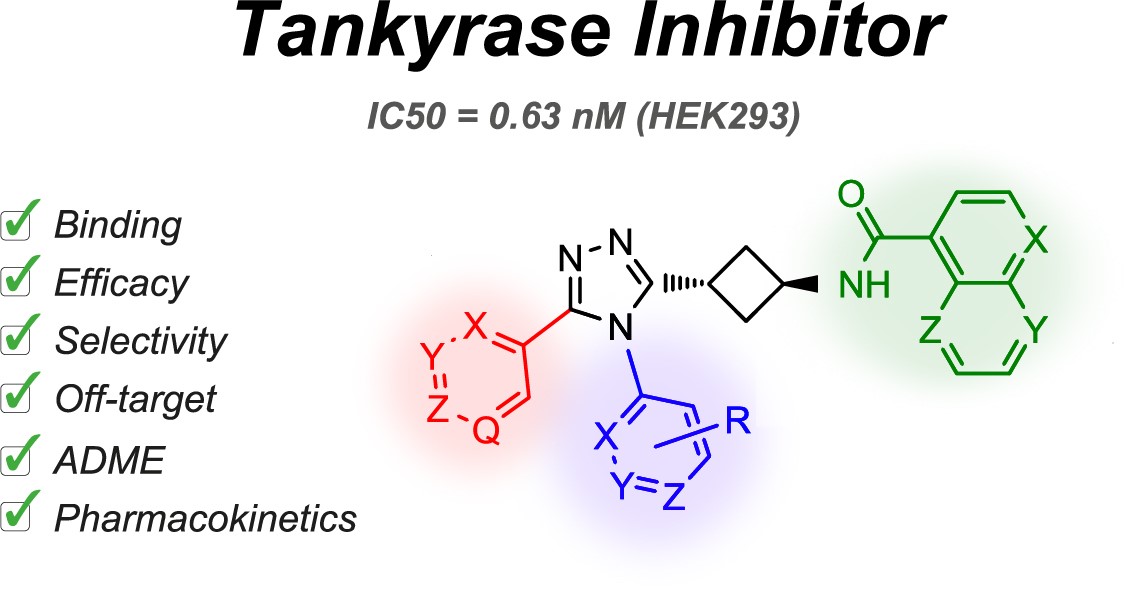In 2016, Stefan Krauss and Jo Waaler (University Hospital of Oslo, Norway) approached Symeres to optimize their lead OD-336 as a tankyrase inhibitor. All compounds that were created for this project are covered by three patents, and in 2020 we published a paper in J. Med. Chem. We now have a follow-on paper being published, and a third biology paper is close to submission to a publisher.
Can you introduce yourself? What is your role within Symeres?
I’m Ruben Leenders, and I was the first employee of Mercachem, many years ago. I am currently Senior Group Leader Medicinal Chemistry. As a scientist, I like to write and publish scientific papers and have done so whenever collaborators allowed us to. Next to the exposure publications give to the writers, I believe publishing results of scientific projects can help the science community as a whole.
What is the project about?
Tankyrase is a regulator in cell signaling pathways involved in cell growth and development. Attenuating tankyrase activity constrains aberrant tissue growth and sensitizes unresponsive tumor cells to immuno-oncology treatment with a checkpoint inhibitor. With this project, one of our key objectives was targeting colorectal cancer.
What was the role of Symeres within the project?
Symeres designed and synthesized all compounds in the project and performed the medicinal chemistry optimization and project management. A cell-free binding assay, selectivity assay, and crystallography were performed at the University of Oulu (Finland), and a cellular functional assay was performed at the University of Oslo (Norway).
What is the team like?
We started with a two FTE project team for one year. This was extended to an in-kind construction with one FTE for six months. Throughout the project, we had a fantastic collaboration with the Structural Biology group of Lari Lehtiö at the University of Oulu and with the Cell Signaling groups of Stefan Krauss and Jo Waaler at the University Hospital in Oslo, who are two of the top experts on tankyrase and it was a pleasure working with them.
What challenges did you and your team meet?
The challenge was to perform a medicinal chemistry optimization campaign with very limited resources, both in terms of FTEs and budget. We needed to produce a novel, potent, and selective compound with good ADME properties and a favorable pharmacokinetics to overcome toxicity issues seen with other compounds at higher doses. We were very successful in this.
What achievement are you most proud of?
Both that such a small but successful project resulted in three patents and three papers, so far, and that we seem to have discovered something very special!
The article can be found here: https://pubs.acs.org/doi/10.1021/acs.jmedchem.1c01264

